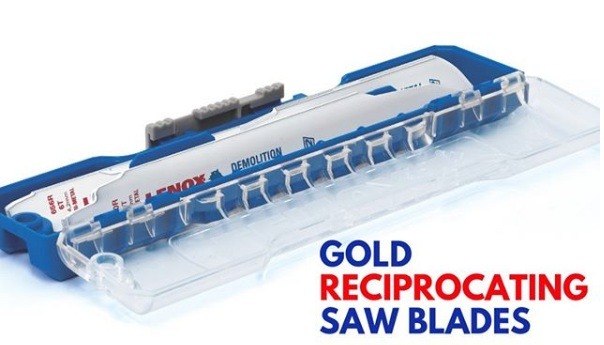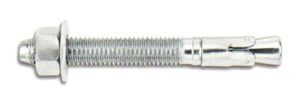Picking the Right Reciprocating Saw Blade – EASY TIPS
Saw Blade Material: The first thing to check for is the material of the blade- which is also a trade-off is price and resistibility.
Ideally; you should look for bi-metal reciprocating saw blades as they combine durable metals. This makes it last a good length of time. Plus it makes chopping operations seamless and perfect.
Try and avoid saw blades made with carbon steel or those made from HSS (High-Speed steel)
Material and Pattern of Its Tooth: You will find in some saw blades, the material used to prepare its teeth are different from the one used for the blade. There’s an explanation for this. The tooth material mainly determines the material it is meant to cut. However; you also get metal teeth designed with the very material used for the blade.
Example: Carbide teeth saw blades for cutting wood, plastic and carbide grit teeth saw blades for cutting cast iron, fibreglass, clay, metal, ceramic, etc.
As for its tooth pattern- it is the pattern attached to the reciprocating saw blade, and mainly determines the speed and quality of the cutting operation.
The common two tooth patterns accessible in the market are Wavy Set and Raker Set.
- Raker set: Great for rapid cuts and leaves behind a rough finish.
- Wavy set: Apt for slower cuts and known for its excellent finish.
Do figure out the kind of work you will be doing and accordingly choose.

The Blade Thickness and Length: This is also one of the key drawcards of selecting a quality reciprocating saw blade. You should opt for blades with an adequate amount of thickness as they usually tend to be adequate for critical operations. Furthermore, also determine the material type on which you will be using the blade.
As for its proper length- again you need to determine the thickness of the material you want to cut.
Example- If you want to use it for plumbing, then short blades work great. Contrarily; you ought to choose long blades to perform pruning or for removing large tree branches.
Also Its Gullet and TPI: ‘Gullet denotes the space between the blade’s teeth.’ Be it Gold reciprocating saw blades or Diamond reciprocating saw blades, the size of the bullet plays a very crucial role in determining the appropriateness of the saw blade.
Example: For crosscutting operations, saws with small gullet blades are more appropriate. Whereas, for hard-core ripping operations; you ought to pick a saw with deep gullet for removing large chips!
TPI- is Teeth per Inch, and usually is the standard measure for a reciprocating saw’s cutting speed. The more TPI in the blade, the smoother and cleaner are the cuts.
For cutting metals, opt for saw blades with 14-18 TPI, and 3-4 TPI for normal cutting or backyard maintenances.

The Brand and Price: Last, but certainly not the least; you must always pick saw blades from notable brands (and its accessories) in the market. Their warranty, credibility and operational quality present peace-of-mind.
For its price (which is the oldest facto to keep in mind) check industry-standard rates to get a clear idea. Don’t pay more than needed. In fact, always strike a balance between quality and cost.
If you have any further questions concerning saw blades, feel free to contact here.


